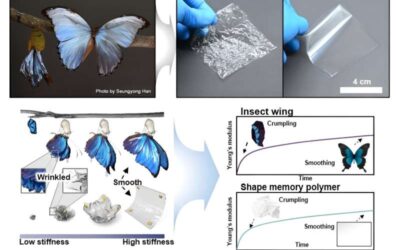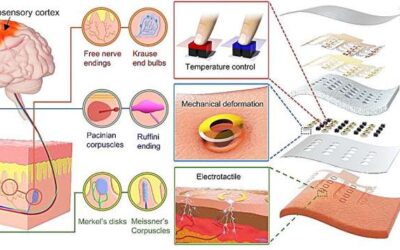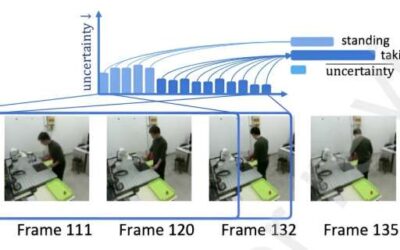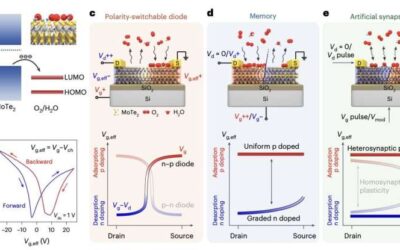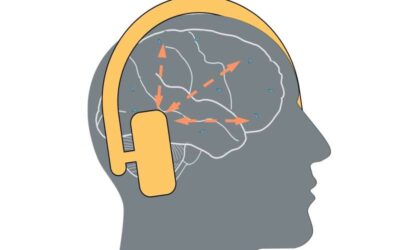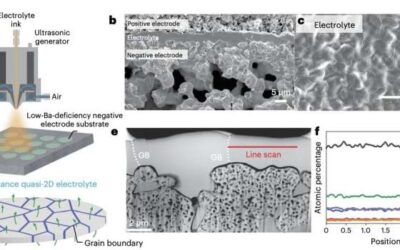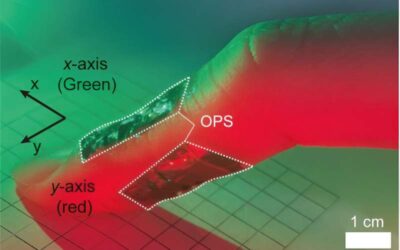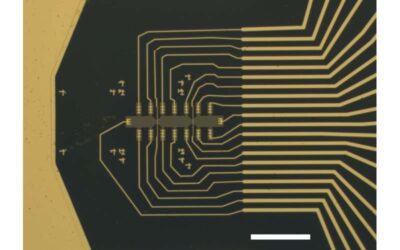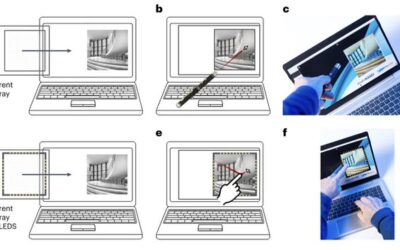Over the past decades, electronics engineers have created devices of various shapes and with increasingly sophisticated designs. This includes electronics that can be folded onto themselves, such as foldable phones, along with various other compressible devices.
Hi Tech & Innovation
A skin-integrated multimodal haptic interface to produce immersive tactile experiences
Virtual reality (VR) and augmented reality (AR) technologies have become increasingly advanced over the past decade or so, enabling highly engaging gaming experiences and new forms of media entertainment. Yet there is still significant room to improvement,...
A digital twin system that could enhance collaborative human-robot product assembly
Robotics systems have already been introduced in numerous real-world settings, including some industrial and manufacturing facilities. In these facilities, robots can assist human assembly line and warehouse workers, assembling some parts of products with high...
Reconfigurable molybdenum ditelluride devices with multiple functions
Over the past decades, electronics engineers have been trying to develop increasingly smaller and highly performing field effect transistors (FETs) with multiple functions. FETs are crucial components of most electronics on the market today, which can control the...
The brain gets its own broadband: Electro-quasistatic fields enable broadband communication for brain implants
In recent years, engineers have been working to develop increasingly sophisticated devices that can help humans to interact better with computers. These technologies, including brain-machine interfaces, electroceuticals and wearable health care devices, could...
A scalable approach to fabricate ultrathin protonic ceramic electrochemical cells with lower operating temperatures
Protonic ceramic electrochemical cells (PCECs) are emerging energy technologies containing electrolytes based on proton-conducting oxides and oxygen-ion conductors. These devices could contribute to the ongoing shift towards sustainable energy solutions by aiding the...
A reliable and wearable system to recognize finger movements in real-time
Devices that can detect, track and decode movements in their surroundings can have countless valuable applications in fields ranging from robotics to health care, the entertainment industry, sports, and more. Wearable sensors can be particularly effective in detecting...
A soft glove based on honeycomb pneumatic actuators for assistive care and rehabilitation
Many previously developed smart gloves were built using fabric-based pneumatic actuators (FPAs), which are essentially textiles that can produce specific motions. While some of these systems achieved promising results, they typically can only produce a few...
New gate-tunable and high-mobility devices based on strontium titanate
Strontium titanate (SrTiO3), an oxide of strontium and titanium with a perovskite structure, has many advantageous properties, including spin-orbit coupling, electrical tunability, and unconventional superconductivity. Compared to the superconductivity of conventional...
Researchers introduce transparent optical imager with near-infrared sensitivity and touchless interface
Most existing devices are operated via the sense of touch, either via touchscreens or mouse, remote controls, keyboards, and other equipment. Some engineers, however, have been trying to introduce alternative interfaces that do not require users to touch anything, as...

